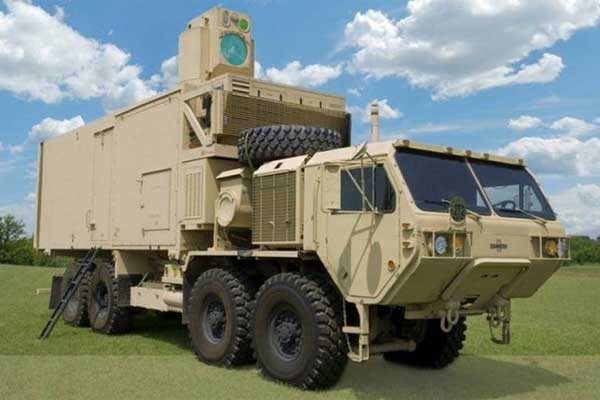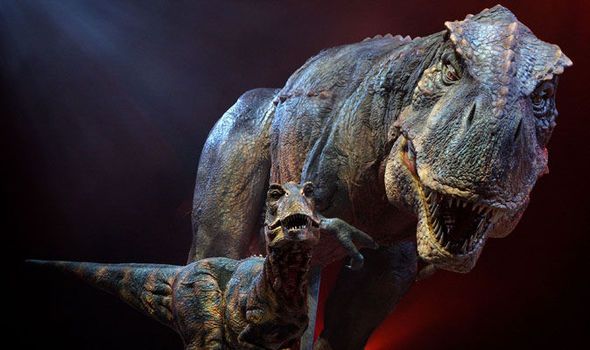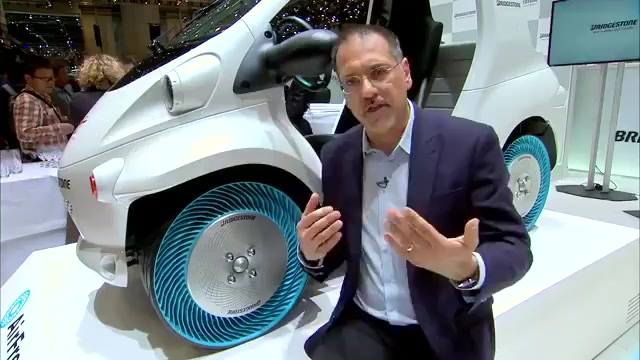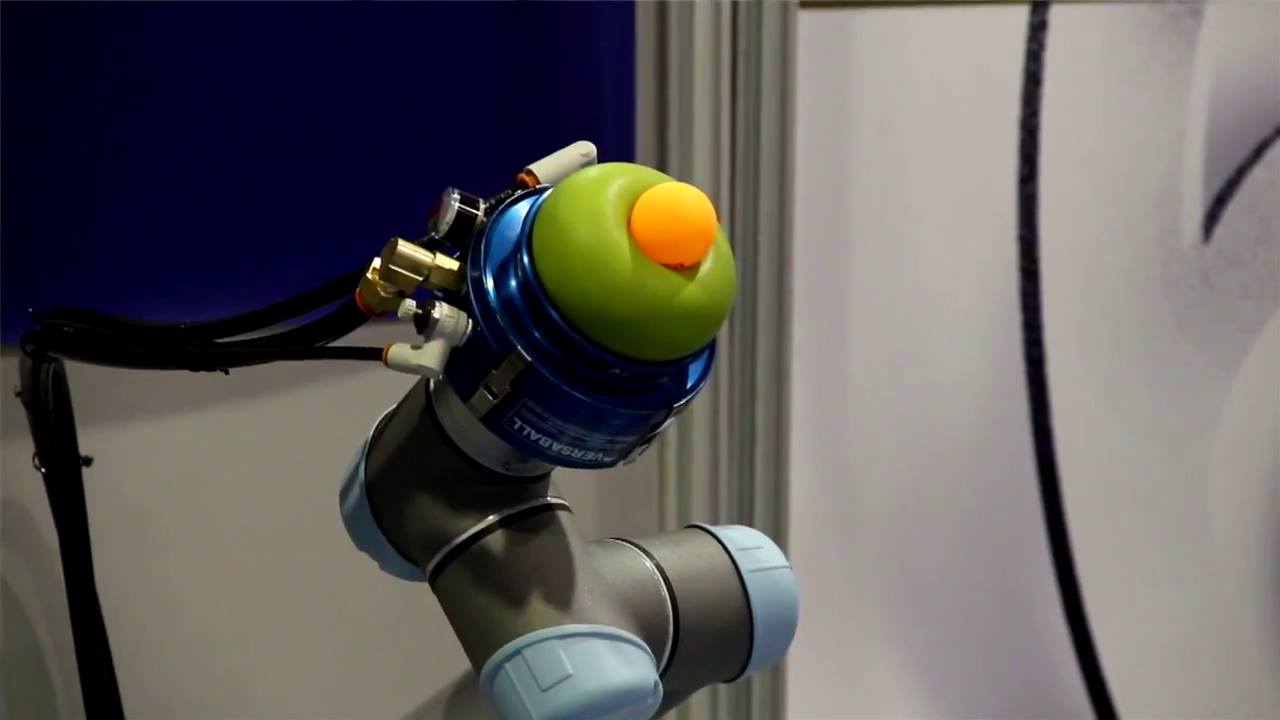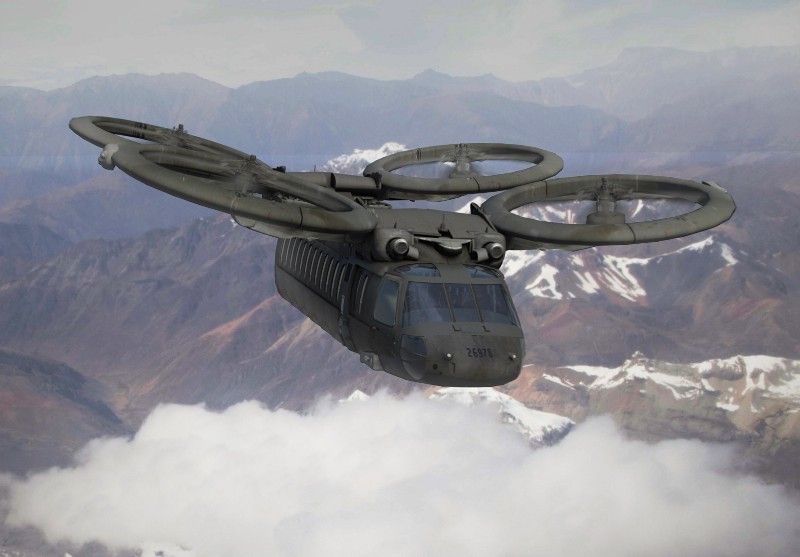Page 11313
Mar 18, 2016
New Dark Matter Theory Weighs Superheavy Particle
Posted by Andreas Matt in categories: particle physics, space
Dark matter could be made of particles that each weigh almost as much as a human cell and are nearly dense enough to become miniature black holes, new research suggests.
While dark matter is thought to make up five-sixths of all matter in the universe, scientists don’t know what this strange stuff is made of. True to its name, dark matter is invisible — it does not emit, reflect or even block light. As a result, dark matter can currently be studied only through its gravitational effects on normal matter. The nature of dark matter is currently one of the greatest mysteries in science.
If dark matter is made of such superheavy particles, astronomers could detect evidence of them in the afterglow of the Big Bang, the authors of a new research study said. [Dark Matter Explained (Infographic)].
Continue reading “New Dark Matter Theory Weighs Superheavy Particle” »
Mar 17, 2016
Scientists closer to CLONING T-Rex after discovering remains of pregnant dinosaur
Posted by Shailesh Prasad in category: biotech/medical
SCIENTISTS are one step closer to cloning dinosaurs after the discovering the remains of a Tyrannosaurus rex that was pregnant when it died.
Mar 17, 2016
Supercomputer simulates whole-body blood flow
Posted by Shailesh Prasad in categories: biotech/medical, physics, supercomputing
Physicists say a supercomputer simulation of blood flow around the entire human body is showing promise, based on an experimental test.
Mar 17, 2016
CNET On Cars — Road to the Future- Airless tires
Posted by Shailesh Prasad in categories: innovation, transportation
Mar 17, 2016
Army researchers explore future rotorcraft technologies
Posted by Shailesh Prasad in category: military
By David McNally, ARL Public Affairs.
ABERDEEN PROVING GROUND, Md. (March 17, 2016) — The U.S. Army is moving ahead with research on potential new component-level technologies for future rotorcraft.
A team from the U.S. Army Research Laboratory completed the first-ever live-fire test of a rotor blade with individual blade control technology in mid-January.
Continue reading “Army researchers explore future rotorcraft technologies” »
Mar 17, 2016
Deep Learning Is Going to Teach Us All the Lesson of Our Lives: Jobs Are for Machines
Posted by Shailesh Prasad in categories: economics, employment, robotics/AI
(An alternate version of this article was originally published in the Boston Globe)
On December 2nd, 1942, a team of scientists led by Enrico Fermi came back from lunch and watched as humanity created the first self-sustaining nuclear reaction inside a pile of bricks and wood underneath a football field at the University of Chicago. Known to history as Chicago Pile-1, it was celebrated in silence with a single bottle of Chianti, for those who were there understood exactly what it meant for humankind, without any need for words.
Now, something new has occurred that, again, quietly changed the world forever. Like a whispered word in a foreign language, it was quiet in that you may have heard it, but its full meaning may not have been comprehended. However, it’s vital we understand this new language, and what it’s increasingly telling us, for the ramifications are set to alter everything we take for granted about the way our globalized economy functions, and the ways in which we as humans exist within it.
